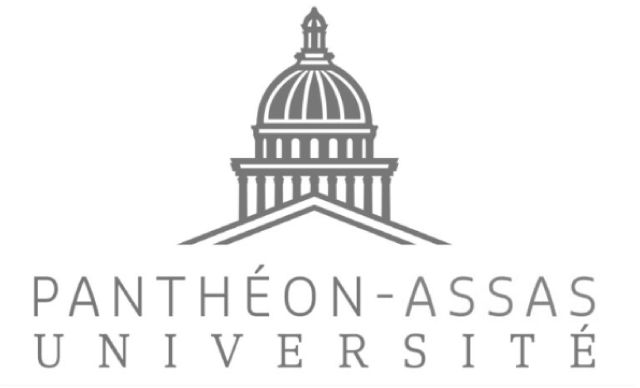Multiple remembrances in the media. Stakes for international memory
A supposedly universal present is built by the media. Reminders of the past, a fortiori in an international perspective, cannot exist without symbolical representations, notably those that are crafted by States, for themselves or the rest of the world, depending on their desire to communicate and their ability to master their own image. 2009 was a year of great memorial displays with some ties to international current events. Whether it be the Woodstock Festival in 1969, the Islamic Revolution in Iran in 1979, the end of the Soviet Intervention in Afghanistan and the fall of the Berlin Wall in 1989, or the « Romanian Revolution » in 1999, etc. the « duty of memory » was far from being equally shared on every subject, most particularly for commemorations with an extremely vast coverage. This is no surprise, given that general information media primarily address their national audience, whether their editorial choices are deliberate or imposed by their political and/or economic context. What is at stake here, however, is still a better understanding among the peoples, within the context of current and future globalization. Therefore, it is interesting to consider for the coverage of current events a multiple perspective based on the « duty of memory ».


